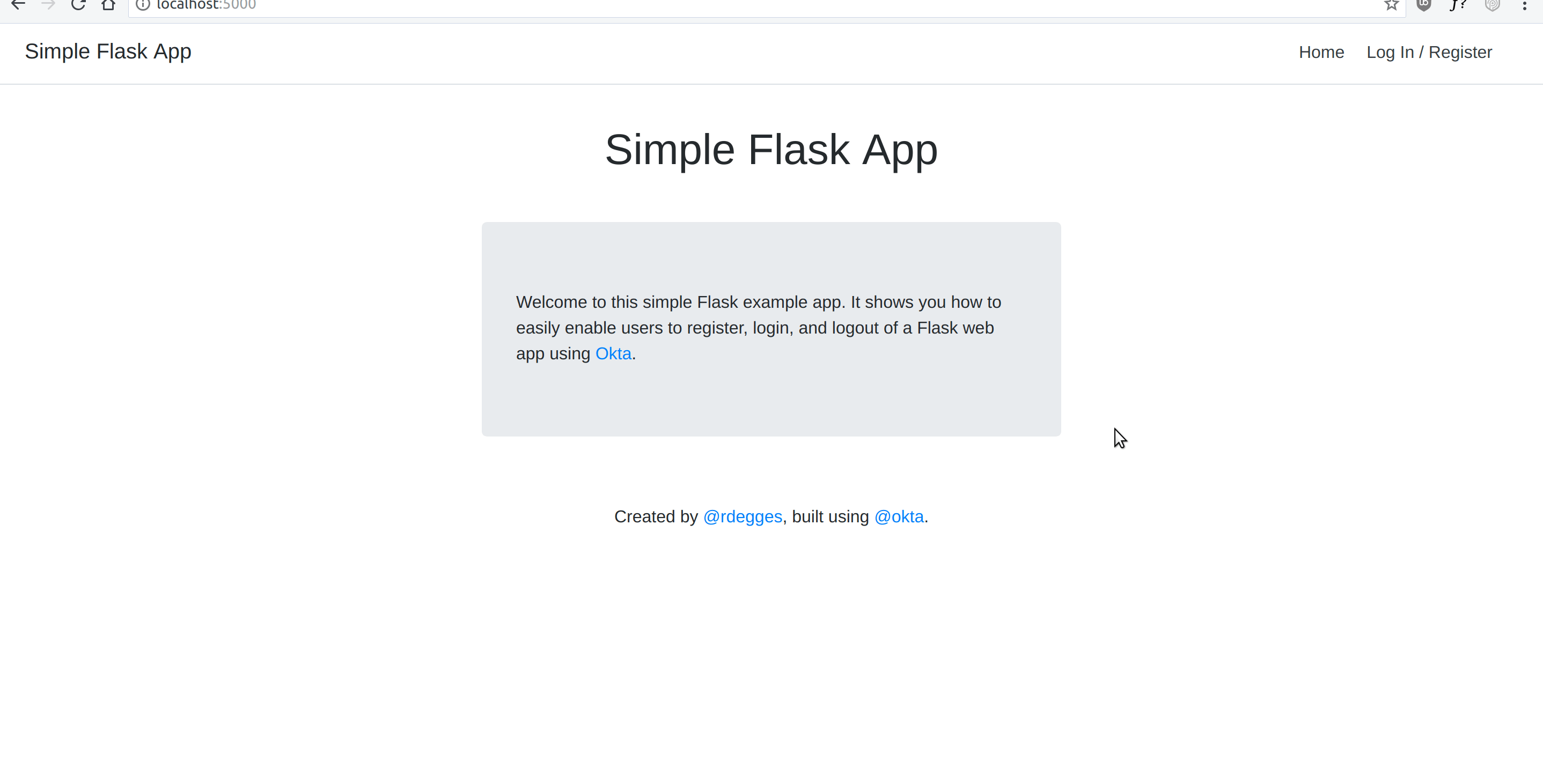
With either no arguments or a value for page_number. Page-2/ or no arguments in this case, while comments can be reversed The blog_articles view needs the outermost captured argument to be reversed, The outer argument in this case is a non-capturing The second pattern forĬomments will match comments/page-2/ with keyword argument Views.article_detail(request, year=2003, month=3, slug="building-a-django-site").įrom django.urls import re_path urlpatterns = +)/)?$', blog_articles ), # bad re_path ( r '^comments/(?:page-(?P+)/)?$', comments ), # good ]īoth patterns use nested arguments and will resolve: for example,īlog/page-2/ will result in a match to blog_articles with two /articles/2003/03/building-a-django-site/ would match the final.Pattern requires that the URL end with a slash. /articles/2003 would not match any of these patterns, because each.Feel free to exploit the ordering to insert Second one, because the patterns are tested in order, and the first one /articles/2003/ would match the first pattern in the list, not the.Views.month_archive(request, year=2005, month=3). A request to /articles/2005/03/ would match the third entry in the.There’s no need to add a leading slash, because every URL has that.If a converter isn’t included,Īny string, excluding a / character, is matched. Captured values can optionally include a converter type.To capture a value from the URL, use angle brackets.See Error handling below.įrom django.urls import path from.

Point in this process, Django invokes an appropriateĮrror-handling view.

Matches from the regular expression are provided as positional arguments. If the matched URL pattern contained no named groups, then the.View, which is a Python function (or a class-based view). Once one of the URL patterns matches, Django imports and calls the given.One that matches the requested URL, matching against Django runs through each URL pattern, in order, and stops at the first.This should be a sequence ofĭ() and/or _path() instances. Django loads that Python module and looks for the variable.This is the value of the ROOT_URLCONF setting, but if the incomingĪttribute (set by middleware), its value will be used in place of the Django determines the root URLconf module to use.When a user requests a page from your Django-powered site, this is theĪlgorithm the system follows to determine which Python code to execute:


 0 kommentar(er)
0 kommentar(er)
